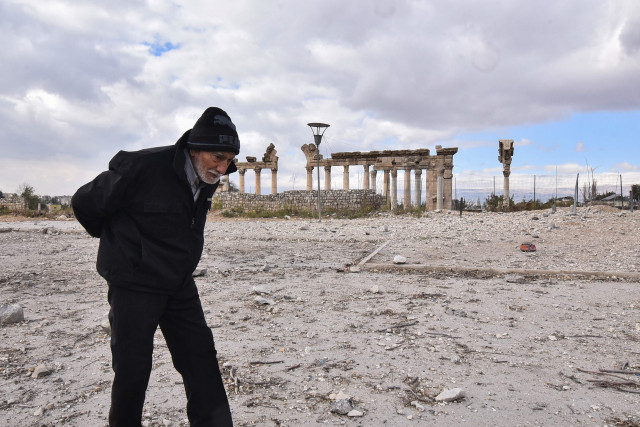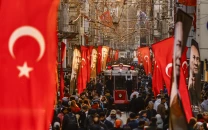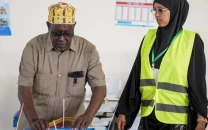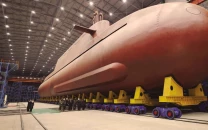In Lebanon's Tyre residents find no water
Tyre's families return home after an Israel-Hezbollah ceasefire, only to find their city in ruins.

Families from south Lebanon's Tyre are returning to their homes after an Israel-Hezbollah ceasefire, but Israeli strikes have turned parts of the city into an uninhabitable disaster zone without water or electricity.
Near the still-smoking ruins of a building, a family laden with their suitcases makes its way up a darkened staircase to discover their flat with all its windows and doors blown out.
Only the living room remains intact.
"I wasn't expecting such damage. We saw the pictures, but the reality is harder," said Dunia Najdeh, 33.
As she struggled to protect her children from the shards of glass interspersed between their books and toys, her father-in-law Sleiman Najdeh looked on with despair at the devastation wrought upon the ancient city.
"There's no more water or electricity, even the private generators don't work any more, their cables are severed," said the 60-year-old.
"Tyre and Lebanon don't deserve what happened... but God will compensate us, and Tyre will be even better than it was before," he said.
Since late September, Israel has launched successive devastating strikes on the southern city, home to a UNESCO World Heritage Site.
Entire neighbourhoods have been ravaged and with them hundreds of homes and vital infrastructure in the city that was home to 120,000 people before they fled the intense bombardment.
The main thoroughfare running through the city is now busy with bulldozers removing the rubble of destroyed buildings.
The city's mayor, Hassan Dbouk, told AFP that "more than 50 buildings of three to 12 storeys have been completely destroyed by Israeli strikes", while dozens of others have been partially damaged.
"We can say that not a single home has been spared," he said.
Despite the long queues of motorists flooding back to the city, all shops and restaurants remained closed on Thursday, the second day of the ceasefire.

















COMMENTS
Comments are moderated and generally will be posted if they are on-topic and not abusive.
For more information, please see our Comments FAQ